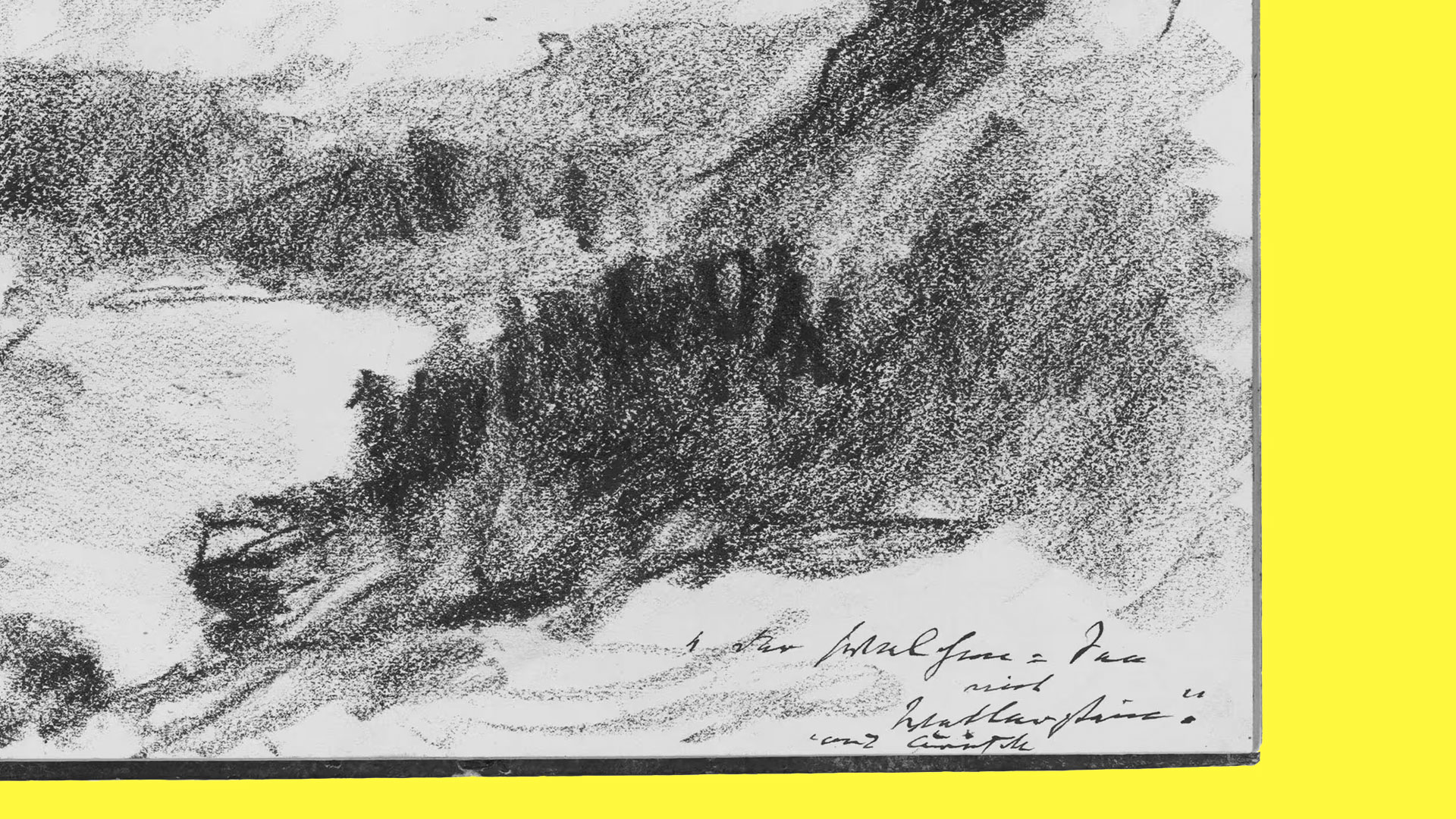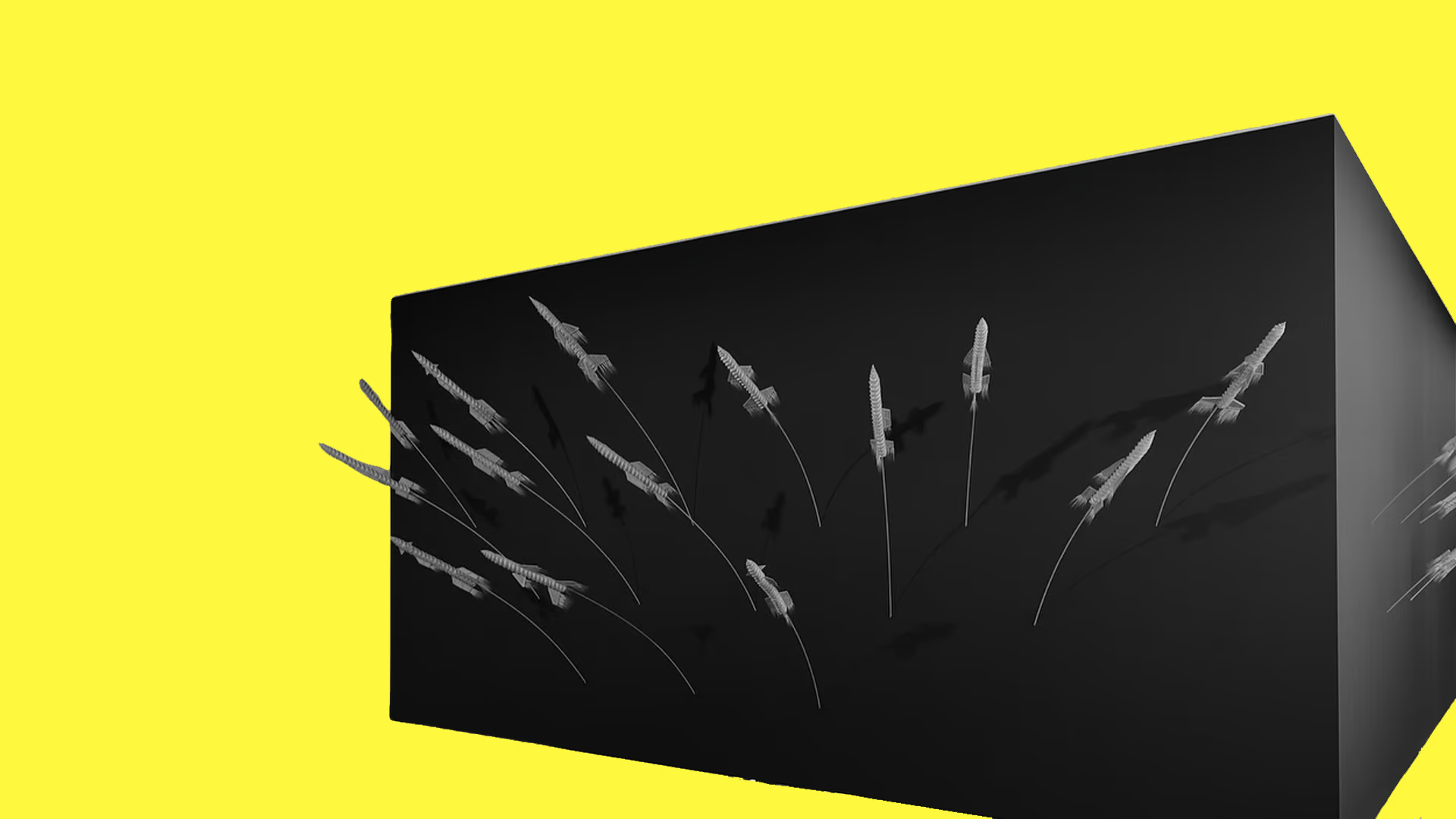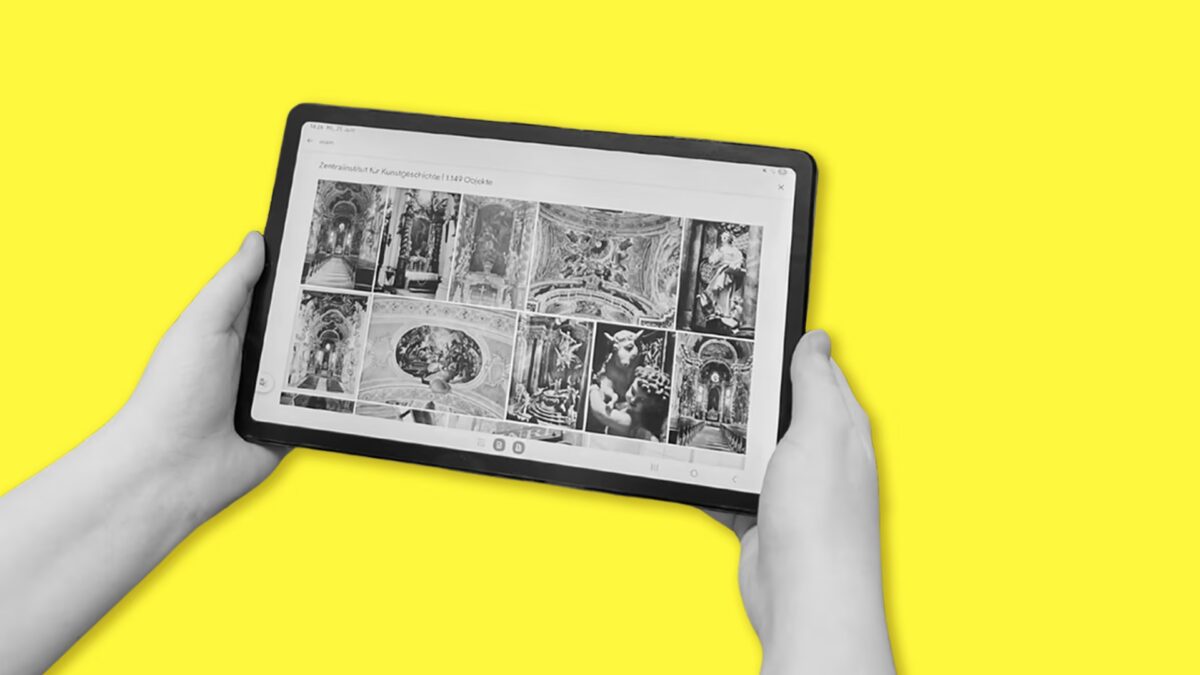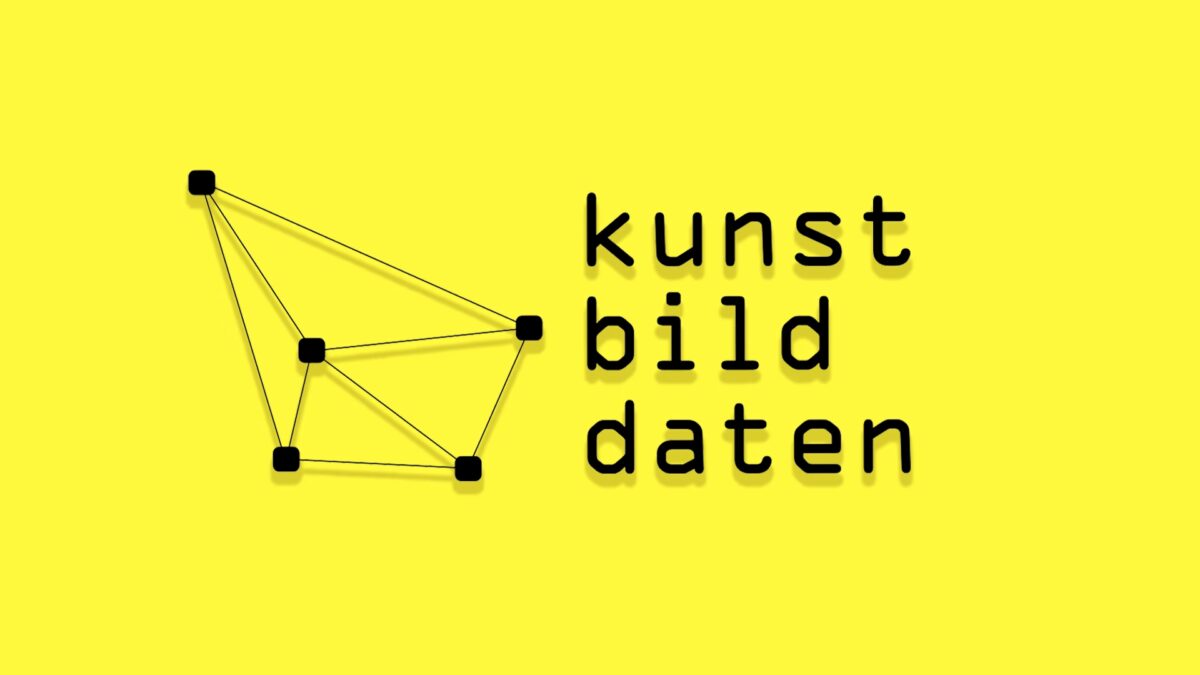Autor: ZI
-

Garden Futures and the Temporality of Critique
Weiterlesen: Garden Futures and the Temporality of CritiqueThe field of design has long evinced a self-reflexive relationship to the realm of non-human life conceptualized as “nature.” From the development of biomorphic form in response to the incipient industrialization of the crafts in the mid-nineteenth century to contemporary “eco-friendly” objects designed to sustain complex biotopes, designers have espoused a range of positions toward…
-

Sebastian Schmidt zu Lovis Corinths Regensburger Skizzenbüchern
Weiterlesen: Sebastian Schmidt zu Lovis Corinths Regensburger SkizzenbüchernDas Kunstforum Ostdeutsche Galerie in Regensburg bewahrt die umfangreichste Sammlung an Zeichenbüchern Lovis Corinths überhaupt. Im 100. Todesjahr des Künstlers konnte nun ein Bestandskatalog vorgelegt werden, der dieses bislang weitgehend unpubliziert gebliebene Konvolut erstmals vollständig vorstellt.
-

Planetar oder doch global?
Weiterlesen: Planetar oder doch global?Eine Rezension von „Planetarische Bauern – Landwirtschaft, Kunst, Revolution“ im Kunstmuseum Moritzburg, Halle (Saale), 23. Mai bis 14. September 2025
-

Was Nutzer:innen wollen – Nadine Raddatz zu Bilddatenbanken im Praxistest
Weiterlesen: Was Nutzer:innen wollen – Nadine Raddatz zu Bilddatenbanken im PraxistestBilddatenbanken ermöglichen es Museen, Archiven, Bibliotheken und anderen kulturellen Einrichtungen, ihre Bestände digital zu erfassen, zu organisieren und weltweit zugänglich zu machen. Das Zentralinstitut für Kunstgeschichte als kunsthistorische Forschungsinstitution nutzt dieses Instrumentarium, um nicht nur die eigenen Sammlungen zu präsentieren, sondern auch die Daten für die Forschung verfügbar zu machen. Die Anforderungen an Bilddatenbanken sind…
-

How to kubikat #2
Weiterlesen: How to kubikat #2Bestellung von Rara- und Magazinbeständen | Der kubikat ist eine schier unerschöpfliche Fundgrube von Fachliteratur für alle, die sich mit Kunstgeschichte beschäftigen. Ob Bücher, Aufsätze, Ausstellungs- und Auktionskataloge oder schwer auffindbare Spezialliteratur: Hier ist einiges zu holen. Aber wie holt man das Beste raus?
-

Georg Schelbert: Von den Fotoboxen ins Wissensnetz – noch ein Jahr bei „kunst.bild.daten“
Weiterlesen: Georg Schelbert: Von den Fotoboxen ins Wissensnetz – noch ein Jahr bei „kunst.bild.daten“Einst standen sie ausschließlich in geordneten Fotokästen: Abbildungen von Bauwerken und Kunstwerken, sortiert nach Orten und Namen – wie in einer riesigen analogen Landkarte der Kunst. Jetzt werden sie aus der statischen Struktur in ein vernetztes digitales System überführt, das neue Zusammenhänge sichtbar macht. So wird aus einem Archiv vergangener Epochen ein Werkzeug für die…
